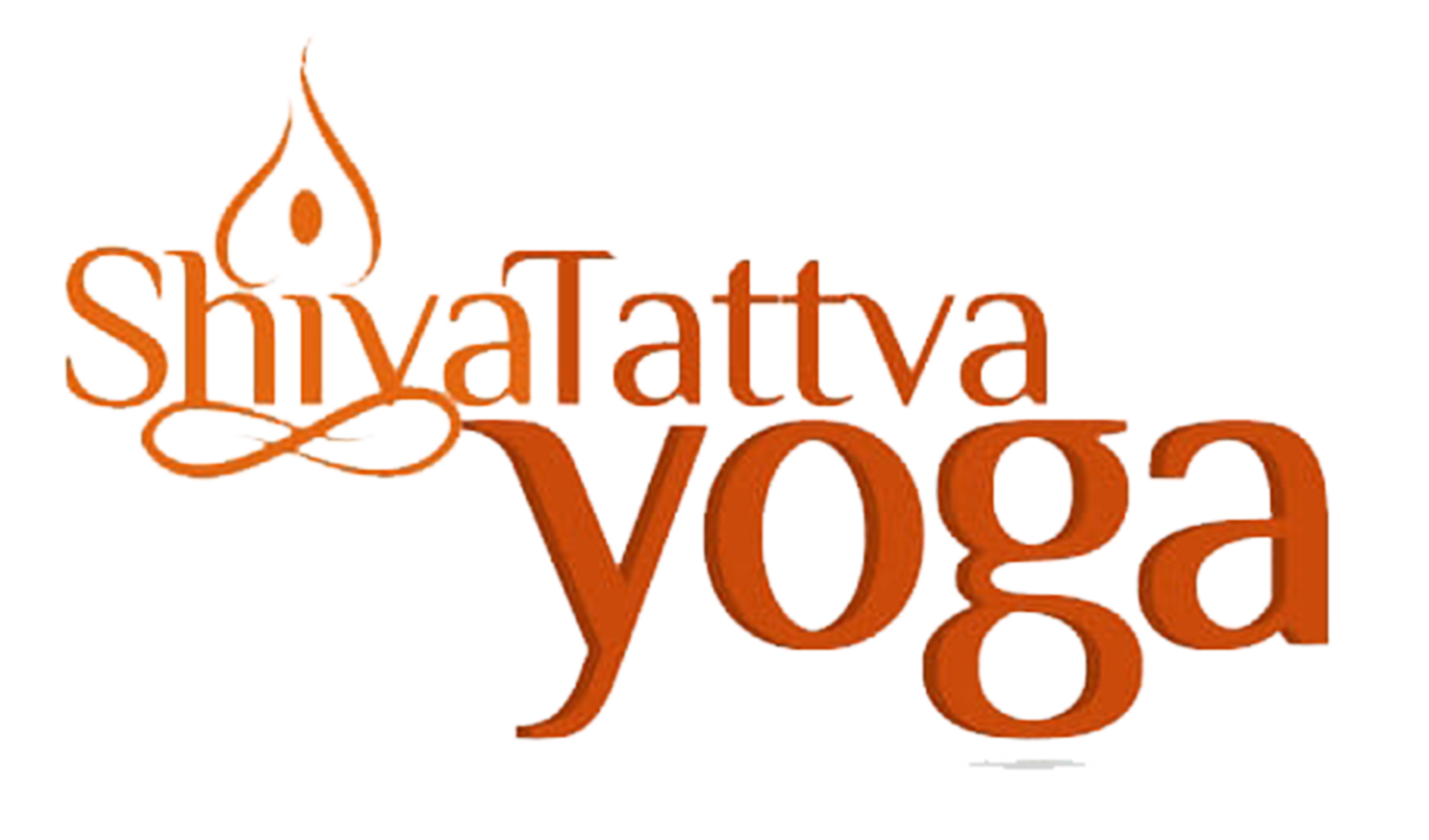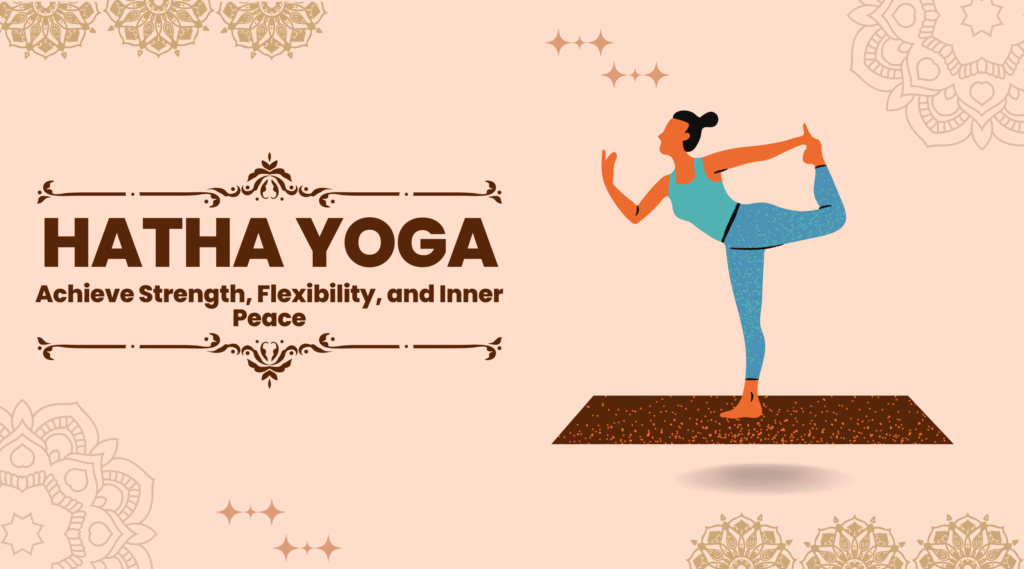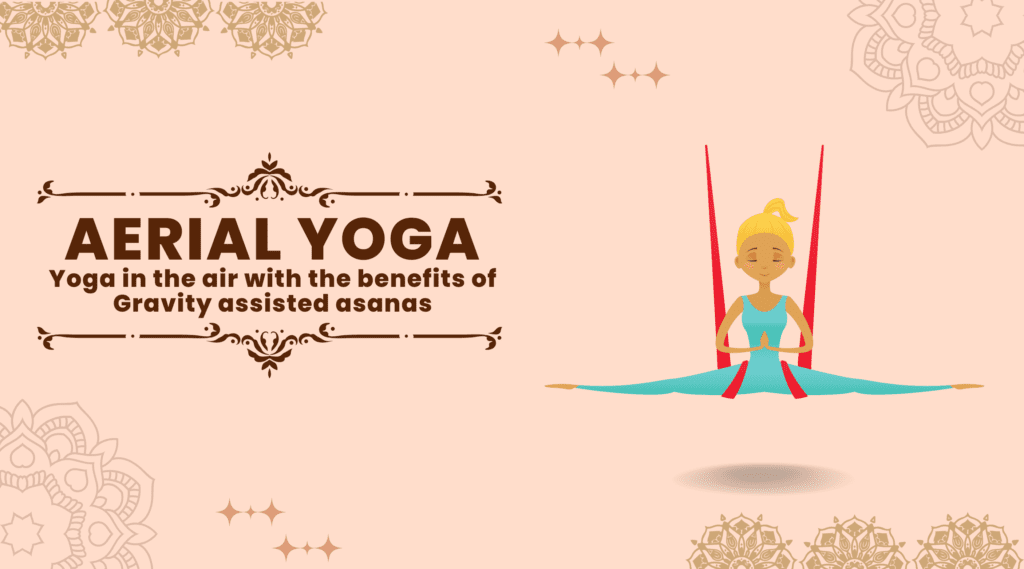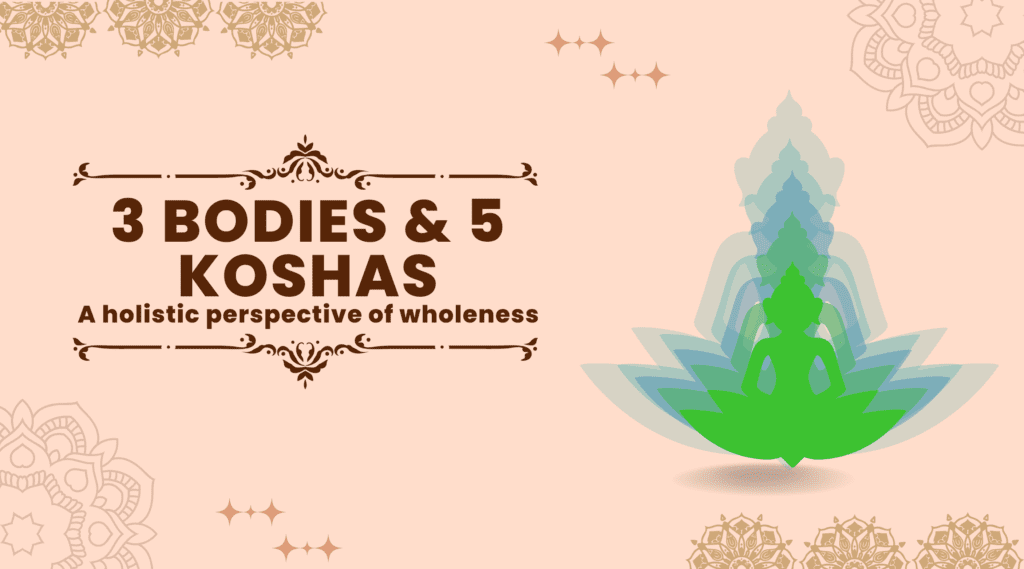Kundalini Yoga: Awaken Your Inner Power
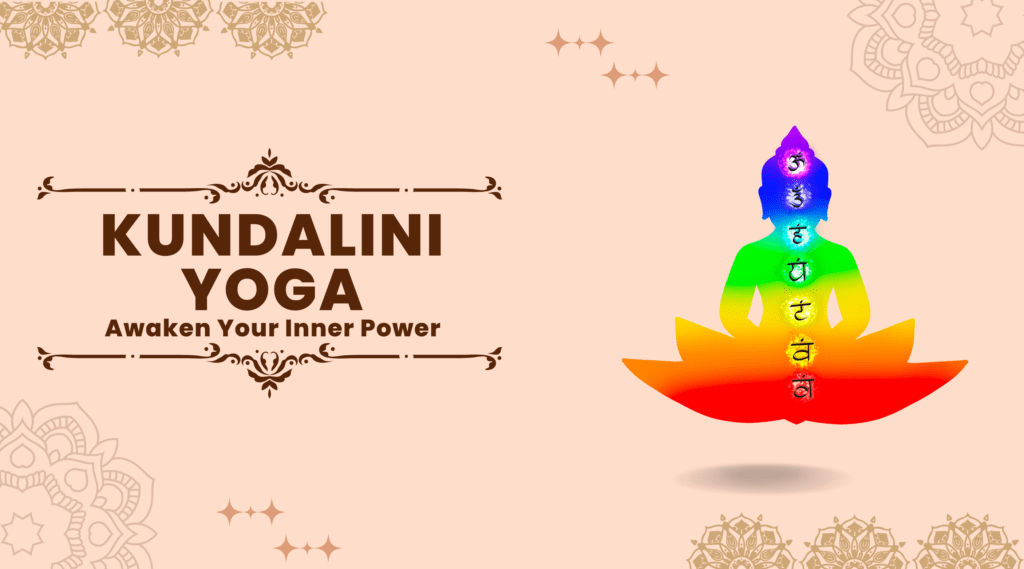
Introduction
Kundalini yoga is a style of yoga. This yoga form is helpful in awakening the Kundalini energy. Kundalini energy lies in the human body in the form of dormant energy. This energy resides at the base of the spine below the root chakra between the anus and genitals.
This energy is said to be coiled up like a snake. You can awaken this energy through various yogic practices that leads to spiritual enlightenment as well as higher consciousness.
After activation, it travels upward through the seven chakras. During this travel, it moves through the Sushumna Nadi- the central channel of energy in the centre of the spine. Finally it reaches the crown chakra, this is the place where it combines with the divine consciousness.
This way we can say that the aim of this energy is not only to make the body stronger and energetic, but it can increase your level of consciousness as well as self-awareness also.
This yoga combines physical exercises, breath work, mantra, meditation, as well as chanting to activate this energy and bring about transformative experiences.
Because Kundalini Yoga is more on the spiritual side, it is a bit different from other exercise based forms of yoga. For example: Power Yoga, Bikram Yoga, Iyengar yoga etc.
Suggested: Best Yoga Retreats And Yoga Teacher Training In Rishikesh
History of Kundalini Yoga
Kundalini yoga has its roots in ancient India while it was first mentioned in the Upanishads. Upanishads are ancient Hindu texts dating back to around 1000 BC. Then Kundalini Yoga practice was further developed by the Tantric tradition.
Tantric yoga focused on the chakras or energy centres as well as the Kundalini energy. Kundalini yoga was also influenced by the teachings of Sikhism, which emerged in the 15th century.
In the 1960s, Yogi Bhajan brought Kundalini yoga to the West. He founded the 3HO organisation (Healthy, Happy, Holy Organization) in Los Angeles. Also, Yogi Bhajan taught this style yoga as a way to help people deal with the stresses of modern life as well as awaken their spiritual potential.
Today, practitioners practise the Kundalini yoga all over the world and has become increasingly popular as a form of yoga that offers a unique blend of physical as well as spiritual practices.
Principles of Kundalini Yoga
The central principle of this form of yoga is the idea of the Kundalini energy, which is a powerful force. This force can transform the individual’s consciousness. It seeks to awaken this energy and bring it up through the chakras or energy centres.
Thus, this energy reaches the crown of the head, where it merges with the universal consciousness.
This yoga form also emphasises the importance of the breath or prana, which is the life force that animates all living things. The practice of pranayama or breathwork is an essential part of this yoga. This is because it helps to purify the energy channels and increase the flow of prana throughout the body.
Another key principle of this yoga is the use of mantra. Mantras are sacred sounds or phrases that are repeated during meditation. Mantras have a transformative effect on the mind as well as it can help to quiet the mental chatter and focus the attention.
Benefits of Kundalini Yoga
This yoga offers a wide range of benefits for both the body and the mind. Physically, it can improve flexibility, strength, and balance as well as promote better circulation and digestion.
The practice can also help reduce stress and anxiety, lower blood pressure as well as boost the immune system.
Mentally, this yoga can help to increase awareness and focus, as well as promote a sense of calm and inner peace.
The practice can also help to develop a deeper connection with the self and with others as well as foster a sense of compassion and empathy.
Myth About Kundalini Yoga
There is a big myth that it can be harmful to activate the Kundalini energy as well as it can make you mentally unstable. But we can activate this serpent energy safely by using proper technique and intention.
While trying to activate the Kundalini energy without any clear reason or intention, it can make you feel troublesome and produce negative results. Also. provoking the Kundalini energy (snake energy) quickly and forcefully can result in very strong and uncomfortable reactions.
If you start feeling lightheaded, unbalanced or emotionally inhibited while practising this exercise, slow down or stop the practice and rest for some time. Take a deep breath and watch out how you feel.
Taking time during and after practice can be a key to successfully generating the desired result.
It is a good idea to always consult an experienced teacher before starting Kundalini yog or any kind of yoga practice.
A General Kundalini Yoga Class
A general class of this yoga form generally comprises of three parts:
1. Opening chant – A typical Kundalini yoga class starts with a short session of chanting mantras also known as “tuning in”. Then it follows a session of warm-up exercise for the spine.
2. Kriya – A sequence of postures with breathing techniques is performed. Here we practise yoga postures with pranayama, Mudra & bandhas to make the energy flow through the body.
Majority of the kundalini poses are in seated positions with main focus on the spine. Apart from that several pranayama techniques are also in use. However, the most popular technique in this form of yoga is breath of fire.
Here we emphasise on expelling the breath as fast as possible while maintaining the proper control over the inhalation through the nostrils.
This may be challenging for beginners, but the breath of fire offers many great benefits for yoga practice.
4. Closing meditation or song – here we emphasise on silence and stillness.
Conclusion
Kundalini yoga is a powerful and transformative practice that offers a unique blend of physical and spiritual practices. Whether you are looking to improve your physical health, reduce stress and anxiety, or deepen your spiritual practice, This yoga can provide a path to greater awareness, connection, and inner peace.
You Can Also Read
